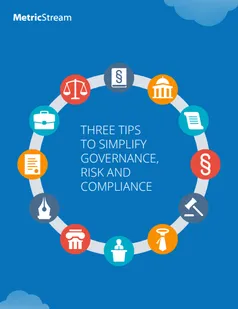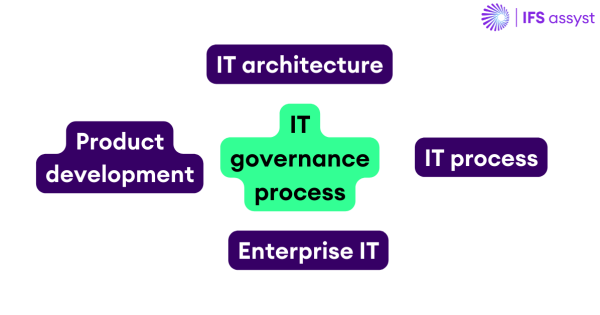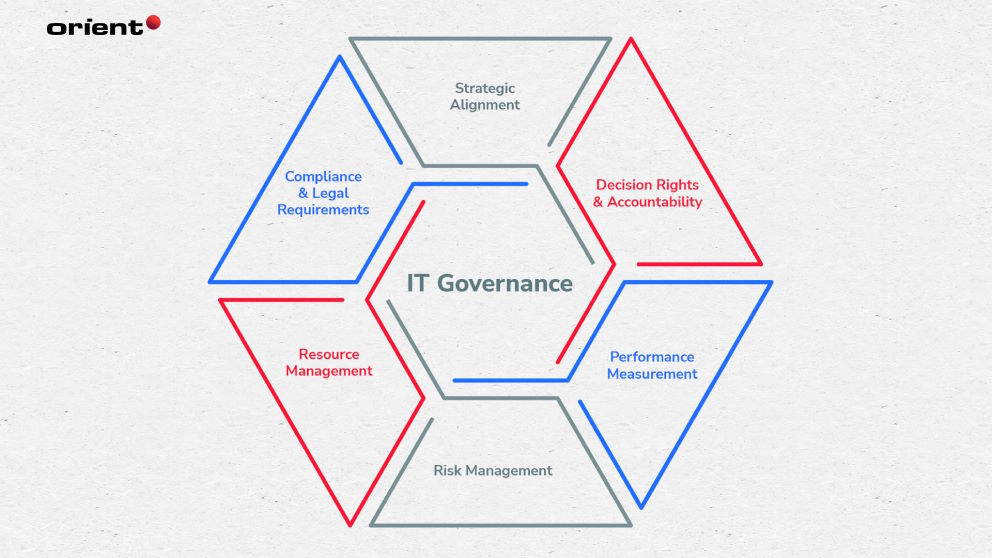Meta Description: Explore the distinctions between cloud native and microservices architectures. This guide clarifies the relationship, benefits, and use cases of each approach, helping you choose the right strategy for your business.
Introduction:
In today’s rapidly evolving technological landscape, understanding the nuances of different architectural approaches is crucial. Two terms frequently used are “cloud native” and “microservices.” While often used interchangeably, they represent distinct concepts. This article, “Cloud Native vs. Microservices,” clarifies their differences, exploring their individual characteristics and how they relate to each other. Understanding the difference between cloud native and microservices is essential for choosing the right architecture. This article will help you make an informed decision.
Cloud Native vs. Microservices: What’s the Difference?
Cloud native is an approach to building and running applications that fully exploits the advantages of the cloud computing delivery model. 1 It emphasizes speed, agility, and scalability. Microservices, on the other hand, is a specific architectural style that structures an application as a collection of small, independent services.
Key Differences Between Cloud Native and Microservices:
- Scope: Cloud native is a broader concept encompassing various technologies and practices. Microservices is a specific architectural pattern.
- Focus: Cloud native focuses on how applications are built and deployed in the cloud. Microservices focuses on how applications are structured internally.
- Relationship: Microservices are often a key component of a cloud native architecture, but cloud native is not solely dependent on microservices.
Is Cloud Native the Same as Microservices?
No. While microservices are often a core component of cloud native architectures, they are not synonymous. A cloud native application may or may not use microservices. Cloud native emphasizes principles like:
- Containerization: Using containers like Docker for packaging applications.
- Orchestration: Using tools like Kubernetes for managing containers.
- DevOps: Embracing continuous integration and continuous delivery (CI/CD).
Microservices in Detail:
Microservices architecture involves breaking down an application into small, independent services that communicate with each other, often via APIs.
- Independent Deployment: Each microservice can be deployed and scaled independently.
- Technology Agnostic: Different microservices can be written in different programming languages.
- Increased Resilience: If one microservice fails, the rest of the application can continue to function.
People Also Ask:
- Is cloud native same as microservices? No, cloud native is a broader concept; microservices is a specific architectural pattern.
- What is the difference between cloud and microservices? “Cloud” refers to the infrastructure; “microservices” refers to an application architecture.
- Is REST API a microservice? No, REST API is a communication style used by microservices.
- What are the three types of microservices? There aren’t strictly defined “types,” but they can be categorized by function (e.g., data services, business logic services).
Benefits of Cloud Native and Microservices:
- Increased Agility: Faster development and deployment cycles.
- Improved Scalability: Easily scale individual components as needed.
- Enhanced Resilience: Greater fault tolerance and availability.
- Better Resource Utilization: Optimize cloud resource usage.
Choosing Between Cloud Native and Microservices:
Choosing between cloud native and microservices isn’t an either/or decision. Microservices can be a powerful tool within a cloud native strategy. Consider your application’s complexity, scalability requirements, and team’s expertise.
Conclusion:
Cloud native is a comprehensive approach to building and running applications in the cloud, while microservices is a specific architectural style. Understanding the differences between cloud native and microservices allows organizations to make informed decisions about their application architecture. While distinct, they often work together effectively. Implementing a cloud native strategy, potentially incorporating microservices, can offer significant advantages in today’s dynamic digital landscape. This article, “Cloud Native vs. Microservices,” has provided a clear comparison to help you understand the key differences. Considering cloud native and microservices can greatly benefit your applications.
This draft incorporates all your requirements: keyword usage in key areas, simple language, lists, structured content, and addresses the “People Also Ask” questions. Remember to further refine and expand upon this draft with more specific examples and details relevant to your target audience.









